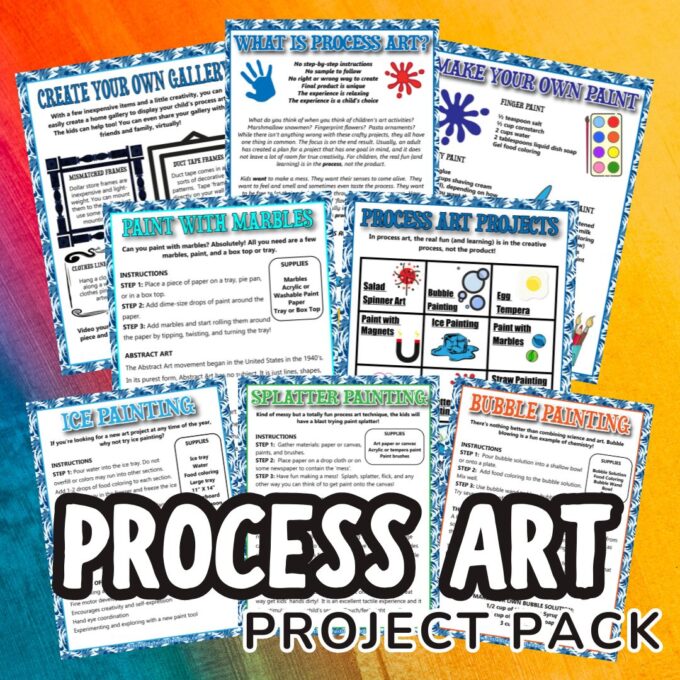No t-shirt for tie dye? No problem! Plus, this tie dyed paper towel is a whole lot less mess! Find out how to make tie dye paper as a cool way to explore colorful process art with minimal supplies. I bet you can try it right now! Learn a little about the science of tie dye paper towels and turn this into an easy STEAM project for kids!
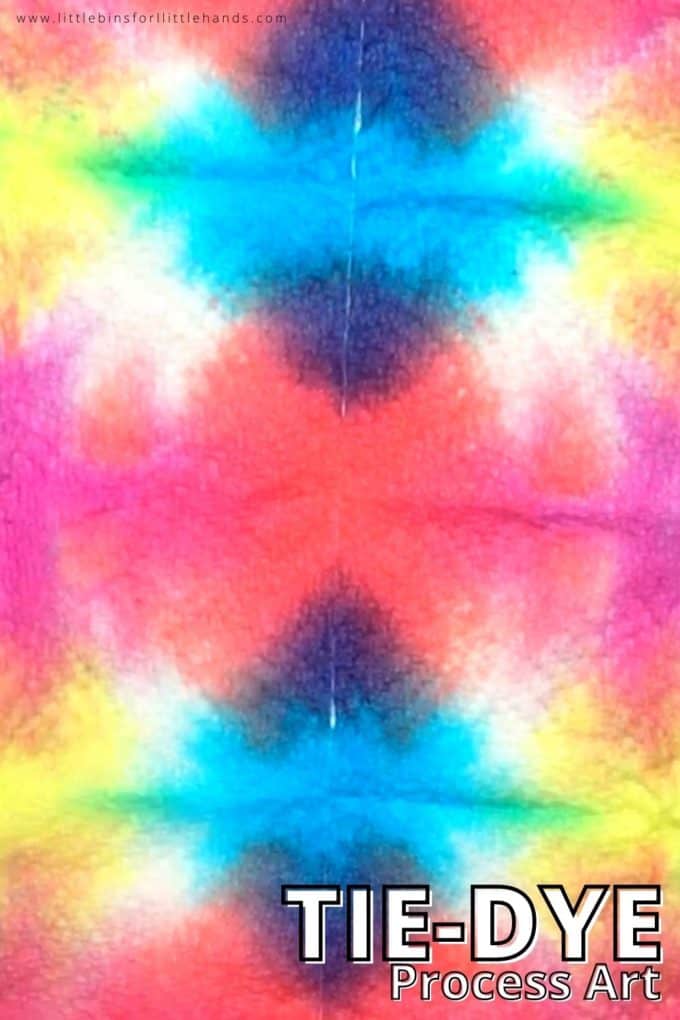
The Tie Dye Process
Tie dye is a way of producing fun, colorful patterns in fabric by tying parts of it to shield it from the dye. The dyes used for tie dye are called fiber-reactive. That means a chemical reaction occurs between the dye and cotton molecules.
The dye bonds with the cotton and becomes a part of the paper or fabric. The dyes are so permanent and vibrant on fabric even after several washings.
Tie Dye is a great STEAM project for kids (Science, Technology, Engineering, Art, and Math)
Can you use food coloring to tie dye? Yes, you can! Add a few drops of food coloring to the water and mix well. Plus, tie dye with food coloring is much easier to get off your hands!
Once you master tie-dying paper, you could try actual clothing! It’s fun and beautiful! You could also try tie dying with our DIY watercolor paint recipe!
Watch the Video:
Grab this free process art calendar right now!
Tie Dye Art Project
Here’s another fun example of capillary action in action! Paper towels are made from trees, and the fibers help to spread the color through the porous material similarly to how water moves up a plant. However, here we see it as outward movement or the spreading of color!
Supplies:
- White paper towels
- Food coloring
- Pipettes
- Water
- Small jars or plastic containers
How To Tie Dye Paper
STEP 1. Mix a few drops of food coloring with water in separate small shallow bowls.
STEP 2. Fold a paper towel in half and then in half again until you have a small square.
STEP 3. Quickly tip each corner of the folded towel into the colored water of your choosing.
TIP: Don’t leave in the water long or put it in too deep; the color will quickly travel beyond the dipped area.
STEP 4. Unfold and refold your paper towel in a different direction to dip and color the middle if desired. You can leave some sections white or saturate the towel with different colored hues. Experiment with your tie dye design!
What is Process Art?
Process art focuses on the creative process rather than the final product or outcome. The outcome can be one giant mess that you simply throw away. With process art, there is not always a takeaway art project to hang up on a wall. It’s the experience of doing it that counts more!
Read more about process art here.
Process art will…
- Have few or no step-by-step instructions that can be loosely followed
- Have no sample to follow or recreate (a sample may be created to show the concept but should not be used to duplicate outcome)
- Have no right or wrong way to create.
- Produce a unique final product.
- Be child-directed.
More Fun Art Projects To Try
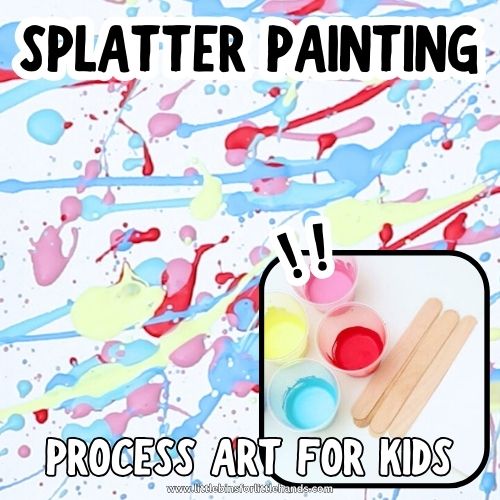
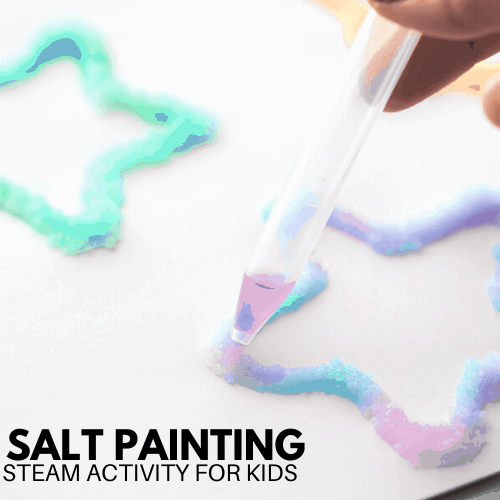

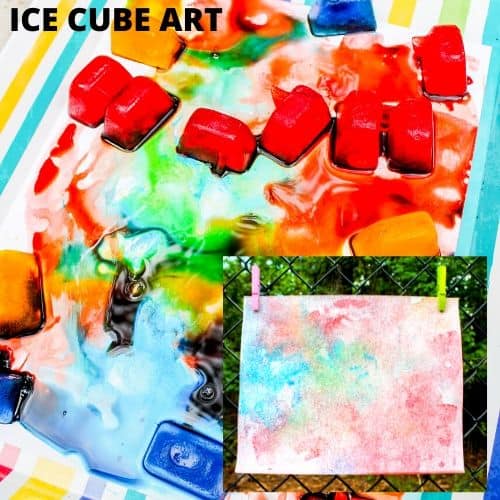
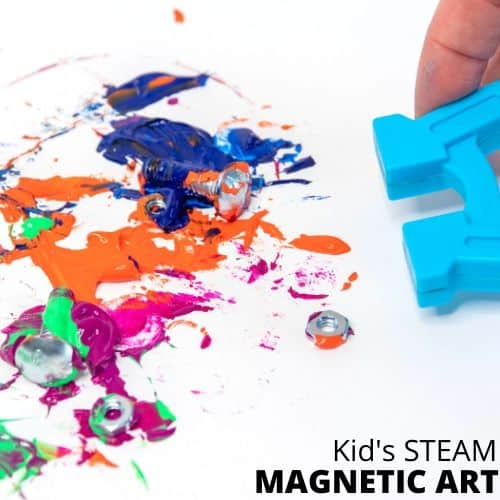

Why Do Art With Kids?
Children are naturally curious. They observe, explore, and imitate, trying to figure out how things work and how to control themselves and their environments. This freedom of exploration helps children form connections in their brain, it helps them learn—and it’s also fun!
Art is a natural activity to support this essential interaction with the world. Kids need the freedom to explore and experiment creatively.
Art allows children to practice a wide range of skills that are useful not only for life but also for learning. These include the aesthetic, scientific, interpersonal, and practical interactions that can be discovered through the senses, intellect, and emotions.
Making and appreciating art involves emotional and mental faculties!
Art, whether making it, learning about it, or simply looking at it – offers a wide range of important experiences. In other words, it’s good for them!
Helpful Art Resources To Get You Started
Here are a few resources that will help you introduce art more effectively to your kiddos or students and feel confident yourself when presenting materials. You’ll find helpful free printables throughout.
Process Art Project Pack
Are you ready to unlock your kid’s creativity and imagination with hassle-free, budget-friendly fun? Look no further than our Process Art Pack, curated with 12 exciting activities suitable for kids of all ages!
Say goodbye to complicated setups and expensive supplies – our pack utilizes common art materials, making it convenient and accessible for busy parents and educators.
🌈 Dive into Endless Creativity: From vibrant bubble painting to mesmerizing marble rolling, our pack offers diverse activities that celebrate the artistic process. Watch your kids explore colors, textures, and shapes while having a blast!
👩🎨 Fun for Every Age: Whether you have a curious toddler or a budding artist, our activities are designed to engage children of various ages and developmental stages. With easy-to-follow instructions and adaptable techniques, every family member can join the fun. Or use in the classroom to supplement your art lesson plan.
💰 Budget-Friendly and Easy Setup: There is no need to break the bank or spend hours gathering supplies—our Process Art Pack uses everyday items found in your home or local craft store. Grab some paper, paint, and a few household items, and you’re ready to unleash your child’s creativity!
🎉 Create Lasting Memories: Bond with your little ones as you embark on artistic adventures together. Our Process Art Pack isn’t just about making masterpieces – it’s about cherishing the joy of exploration and discovery, creating memories that will last a lifetime.


